This is part 2 from my previous research post on Microscopic View of Public Lab's Acetate film slits
I conducted two exact experiments using the 0.09mm acetate film slit from Plab store and a new 0.11mm Gillette razor blade slit I constructed (open-air slit.) The EEM plot program in Spekwin32 allows me to calculate the degree of polarization of a selected spectrum and display it as a 2D graphic, which is very useful because I can see just how bad or how well the spectrum is cleaned up. ie., I can see the effects of fingerprints on the cuvette and scratches and imperfections on the cuvette also.
It also allows me to zoom in closely to any point in the spectrum for a closer look, that's what I did here. I replaced the old slit with the new one and did the same absorption experiments I did on Aug 10th with Eosin Y and Ethanol, using my Solux 4700K lamp.
The first section of this note will be the steps I took for constructing the new slit using a disposable Gillette double blade razor.
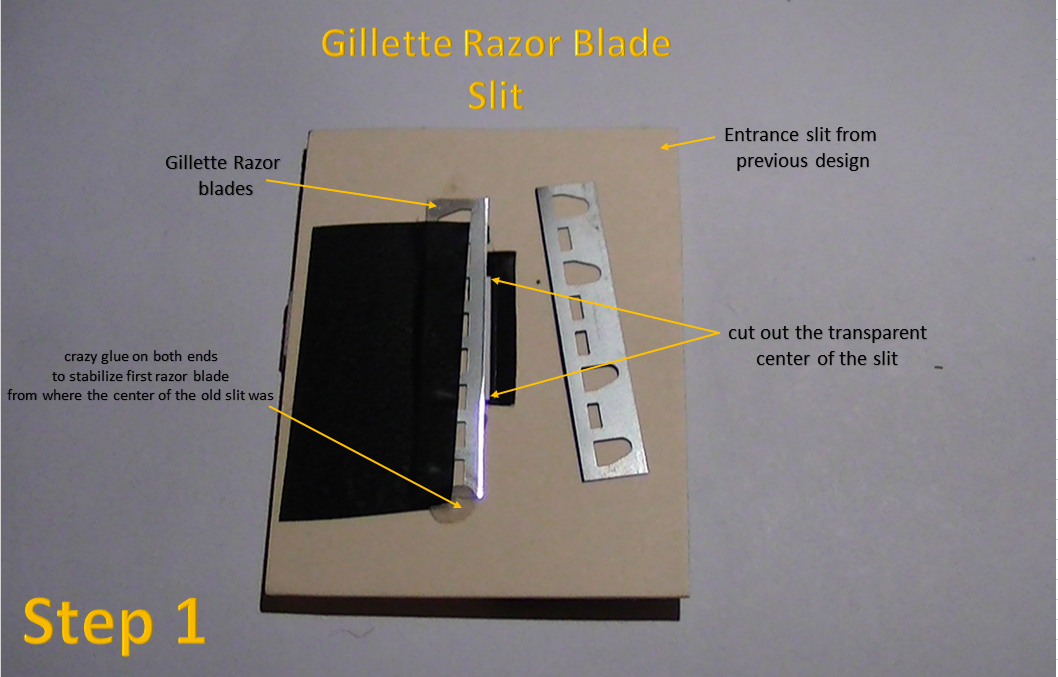
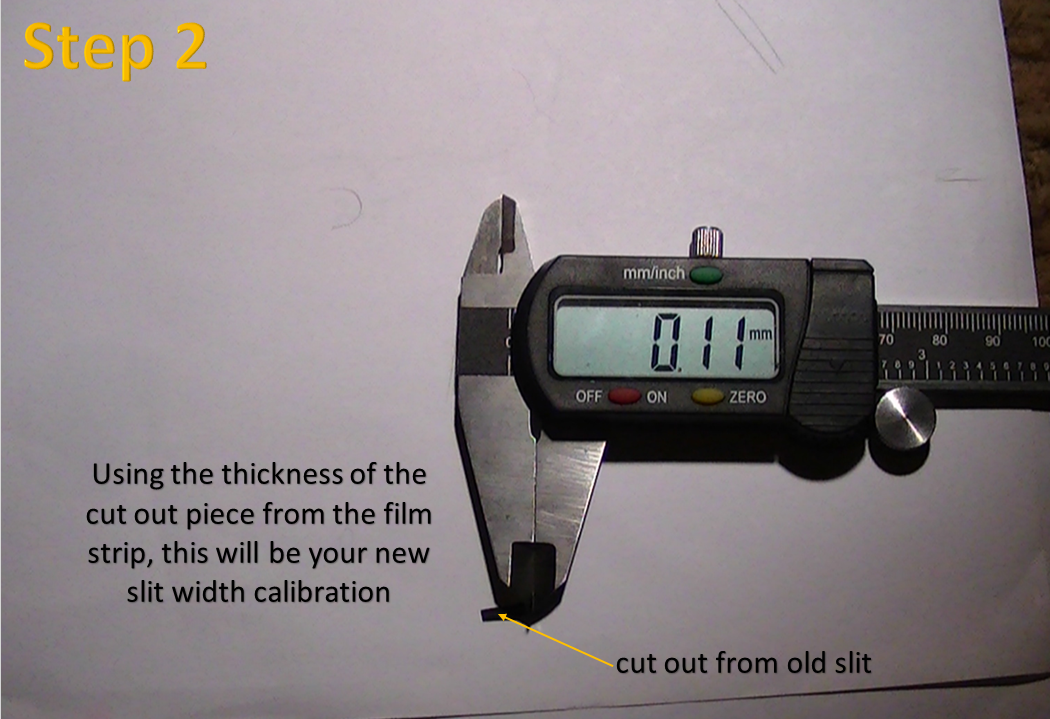
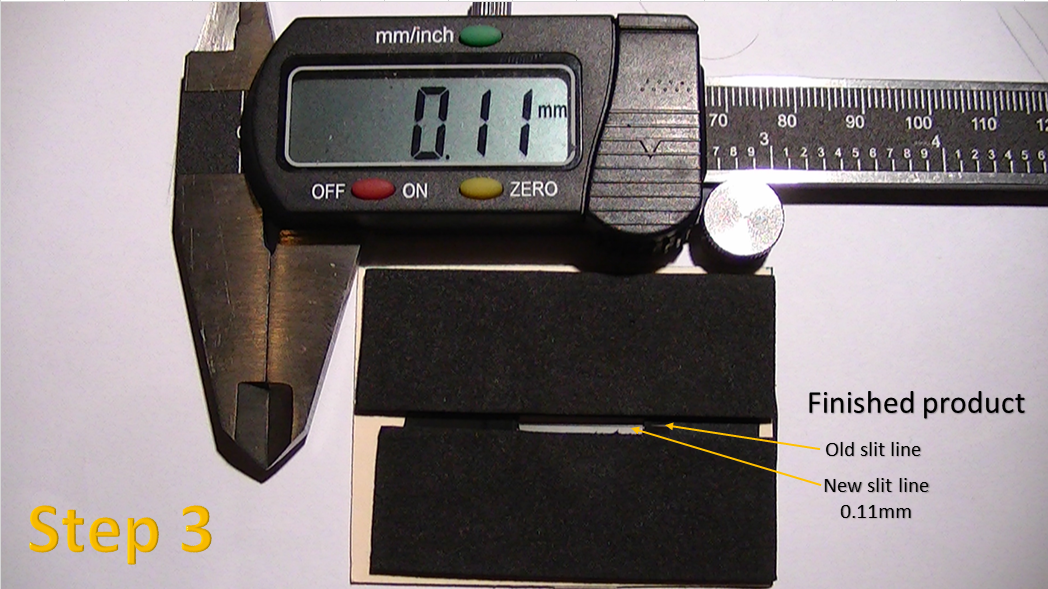
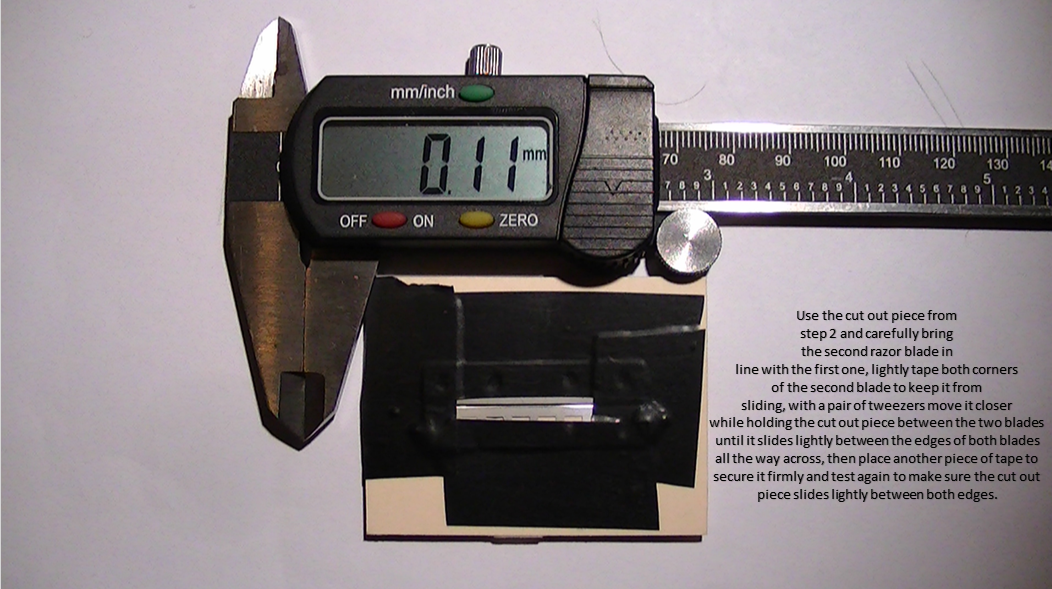
This next set are the EEM graphics illustrating the evidence of attenuation of detail due to imperfections in the acetate film strips used as slits.
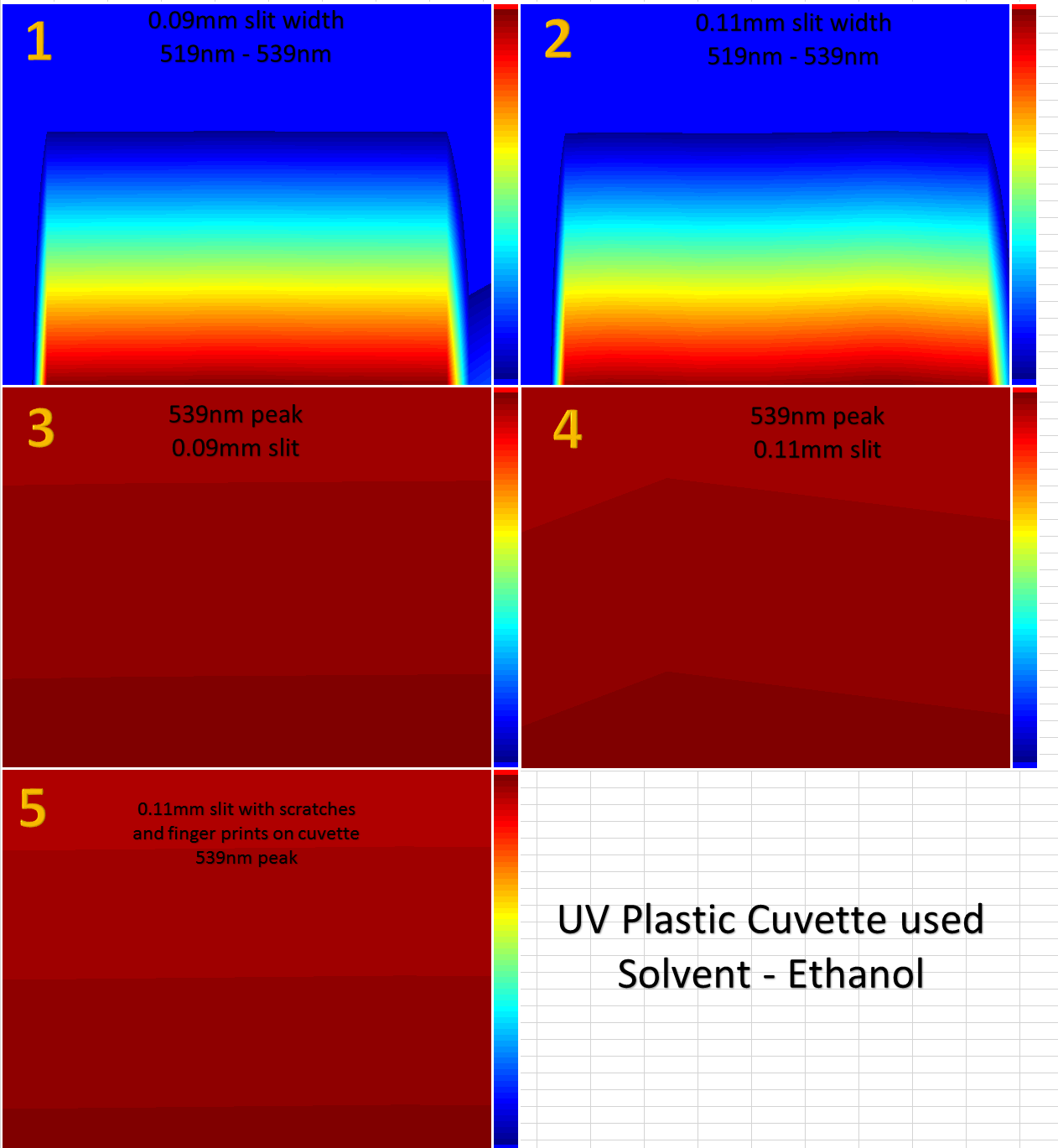
So perhaps it does make enough of a difference using the acetate film strips as entrance slits. In general it may not matter too much but for detail chemical analysis it would make a difference because of resolution and skewing of data, because the detector doesn't discriminate between smudges or scratches, it records it as absorption...very bad!
 David H Haffner Sr
David H Haffner Sr
Discussions
Become a Hackaday.io Member
Create an account to leave a comment. Already have an account? Log In.